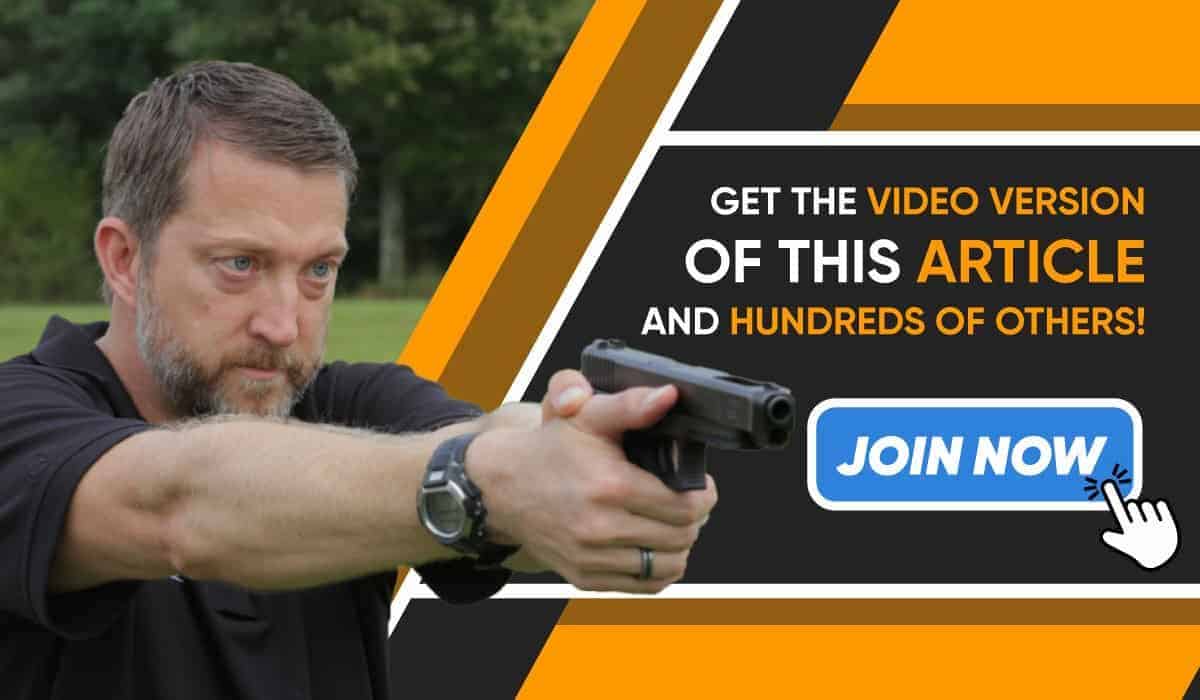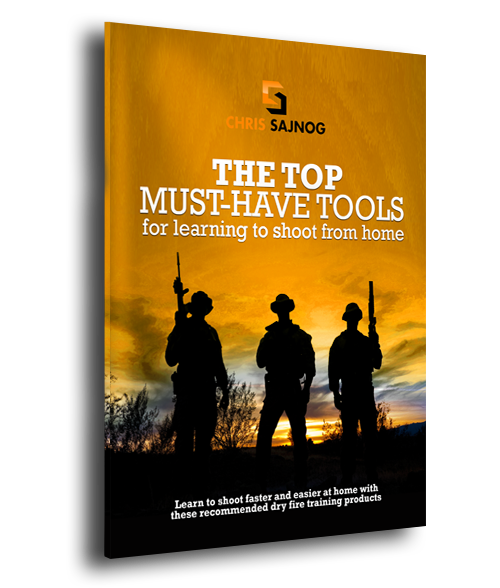Law Enforcement Training – What You Need To Know
Law Enforcement Training – What You Need to Know
Being a Training Officer in charge of Law Enforcement Training was a duty I truly enjoyed. There were so many factors that made the experience the best I’d ever had in my nearly fourteen years (and still counting) career. I could write non-stop about all the good things, but to sum up the key factors, I’d have to say it was the staff I led and worked with, command support, and a solid training regimen.
Each of the respective counter-narcotics teams’ final interaction stateside prior to deployment was with my training staff. We gave the final recommendation to the Commanding Officer on whether or not the team was certified (ready) to conduct the service’s highest risk boarding.
Without getting into classified tactics, techniques, or procedures (TTP), it’s a complex evolution where a team is covertly inserted onto a vessel that’s loaded with drugs and then all controlled hell breaks loose. Imagine a SWAT team conducting a “no knock” warrant on a house with an unknown number of people, weapons, and five metric tons of pure uncut cocaine…but the house is floating in the middle of the ocean. It’s an aggressive, violent, and well-planned mission in order to achieve control of the vessel and the crew.
Just like any other high-end Law Enforcement unit, you have a very specific skill set and are called upon in certain situations when the typical Law Enforcement response is not sufficient. But those skill sets are learned and reinforced in Law Enforcement Training. When you’re about to cross the threshold and “do work,” there are some things you must be able to rely upon until your team has control and then ultimately secures the objective.
Those are your teammates, your experience, your warrior mindset, your equipment, and your training. Everything that has led up to the point of a true-to-life event where your team has been employed is a result of how you trained. How you trained is dependent upon a few key factors, which by the way are all under the team’s and your control. Those are your training plans (yes it all starts with putting it down on paper first), frequency of training, and intensity of the training.
Enhancing Law Enforcement Training Curriculum
Every Law Enforcement agency must complete a minimum Law Enforcement Training curriculum. Usually the training falls into cycles that must be satisfied on a quarterly, semi-annual, and annual basis. The basic curriculum is usually weapons qualification including live-fire and non-firing (safety stuff), defensive tactics/Use of Force continuum, classroom or law refreshment, and a physical fitness test.
What you put into your training is what you get out of it.
Any Law Enforcement operator who’s been around knows the routine, and quite honestly it can get boring. Maybe the curriculum is already written, but there are objectives that need to be met and they usually don’t take much time. This is where the team can make a difference and make training interesting. Remember that your training plan is the foundation to how your team ultimately trains and performs. Take pride in your training and your team.
If you’re in charge of the training on your team, you can do simple things to make it fun and worthwhile. Change locations, venues, and make up new scenarios. One of the best things you can do for Law Enforcement training is “shoot/no-shoot scenarios with Simunitions or Airsoft. You just can’t beat the experience.
To enhance the training, it’s a must to record with a video camera. It’s a fantastic training aid. You’d be surprised how many people say, “I didn’t do that!” But the video doesn’t lie. We all do dumb stuff during training scenarios and nothing is better than a good laugh with the team even if it’s at your own personal expense.
Law Enforcement Training is What You Make It
What you get out of your Law Enforcement Training is completely dependent upon what you and your team put into it. If you just show up to the shoot house or range with a piss-poor attitude, I recommend one of two things as a remedy.
The first is getting your attitude in line and training with your team. Never forget that close quarters combat TTP isn’t about saving your own life; it’s about saving your teammate’s life. If your mindset is only for your self-preservation and saving your own ass, well then you need to take a step back and realign your priorities. Being on an elite Law Enforcement team is not for everyone. If you worry about yourself when you cross the threshold, I guarantee you’re going to be the one who doesn’t cover your sector of fire or doesn’t dig your corner, and the after-action report or investigation will illuminate your mistake(s).
Now the second option (when you don’t want to train) is to just leave, don’t even stay and watch because your attitude is like a bad disease. Bad attitudes are contagious, so don’t be the jackass who ruins everyone’s training day. Sometimes we all need a swift kick in the ass and some “extra motivation.” Everyone has those days; no one is immune to it. It’s how you manage and work through it that sets you apart.
Pretty much everyone can be a leader when everything is going perfectly and things are on cruise control; but a real leader is the guy who makes the tough calls when Plan A has turned into Plan B, C, or D.
I’ve said this in just about every article I’ve had the fortune to author for Chris’s Center Mass Group; what you put into your training is what you get out of it. Going through the numbers with a lackadaisical mindset will breed a mishap. Training is the place to make and learn from mistakes and work through your actual and perceived barriers.
Before you conduct the actual law enforcement training, hold a briefing so everyone is on the same page, shows up on time and with the right equipment. Make sure everyone has copies of the curriculum and studies the curriculum beforehand. You should be a subject matter expert in your skill set.
If you want to start developing an enhanced law enforcement training curriculum and don’t know how or just need some direction on how to put your ideas on paper so everyone can understand, respond to this article in the comment section below. I have so many different training plans that can be tailored to any Law Enforcement training needs. Feel free to take them and plagiarize the hell out of them.
Law Enforcement Training is about helping a fellow operator out by any means possible. It doesn’t matter to me what agency you are devoted to — federal, state, or local — we have all sworn to protect to those who cannot protect themselves.

Editors Note: This post was written by PJ and originally published on centermassgroup.com.




I moved from a large Sheriffs Department to a small town PD. I’ve always been active in range and scenario based training. I’ve had good instructors. I now see how good training, fun, and challenging range days made me a consistent, and confident shooter. Now I keep my skills and proficiency up on my own. Standing still in front of a paper target every three months doesn’t help me improve or keep my skills at a constant level. So at least once a month a few of us get together at different locations or ranges and create scenarios to challenge us. It’s hard to determine if this is an actual benefit of not. I know getting a gun in hand and putting lead exactly where you want it down range is always good. But are there key things, skills or boxes we should check off when we drill? Don’t get me wrong we have a blast. We are challenged and work with each other to get the goal of the drill met. But realistically how much do we get from crawling under and around props to squeeze off the perfect hostage holder shot while on our side using our non dominant eye?
What published resources do you feel keep officers training inline with needed skill assessment, and skill improvement. We try to add verbal communication and giving specific orders to our fake villains. At the same time another officer narrates for the Villain.
Is this enough?